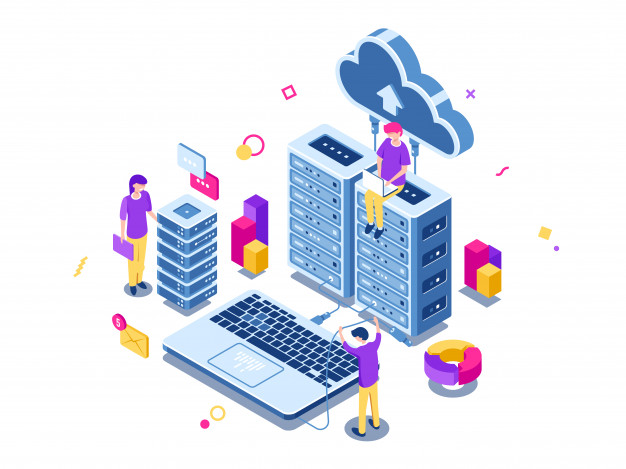Data Science: Applications For Retail, Utilities And Manufacturing
- July 16, 2019
- Posted by: admin
- Category: Data Science

Why Data Science needed?
As technology is advancing, the creation and storage of data are increasing exponentially. And more and more industries are turning towards Data Science Applications to speed ahead of their competitors.
Gartner says that implementation of Data Science across industries have jumped up to 59% in 2018. (Source)
Today, let us find out some of the most path-breaking analytics applications examples in 3 major sectors.
1. Retail Industry
The effect of the application of data science is best understood from the retail and e-commerce industry. To explain the benefits of data science for beginners, retail companies are perhaps the best examples.
Market demands and customer expectations are ever-changing and are only set to increase with time. So global retail CIOs are laying utmost priority to data science, analytics and prediction to meet customer expectations. Heavy investments by retail companies for data science adoption has increased to 3.6% which converts to almost $203.6 bn in 2019. (Source)
Data science has got the power to directly impact revenues and business results of global retail multinationals. It can be used effectively in decision making and innovation driving that will ultimately help in fetching more customers. And that is all that matters in the retail business.
2. Utility Industry
The energy and utility sector has also undergone major transformations, courtesy data science applications, and predictive analytics. For instance, consumers now have a greater number of choices when it comes to receiving power. Data science has been instrumental in eliminating various challenges that used to plague this industry earlier.
Consumer data has helped them in deriving useful insights, which these companies have utilized to overcome hurdles and come up with better business objectives. Today there is a marked improvement in planning for power generation, better site selection, accurate forecasting and managing energy efficiency. Moreover, monthly energy expenses of consumers have also been optimized to a significant extent.
Energy and utility services are much more affordable and reliable today than it had ever been before. As per studies, by the year 2020, almost 500 million smart energy meters are expected to be deployed across various countries, for generating energy usage data in real-time. (Source)
3. Manufacturing Industry
Data science and big data are being extensively implemented in various departments of the Manufacturing industry. Starting from production optimization and minimizing overhead expenses to boosting profit margins, there is no end to the benefits Big Data applications have offered.
According to Gartner, the manufacturing industry is set to make gigantic benefits and drive innovation using data science. By the year 2023, manufacturing companies should be able to offer services and products that can be dynamically modified without affecting ongoing operations or infrastructure. This will happen only by using data science for analytics and forecasting. (Source)
Conclusion
Even though a relatively young aspect of modern technology, data science definition has already undergone major evolution in a short time. Looking at the transformations that have already occurred in these industries, it is not difficult to understand that there will be more societal changes in the near future.
